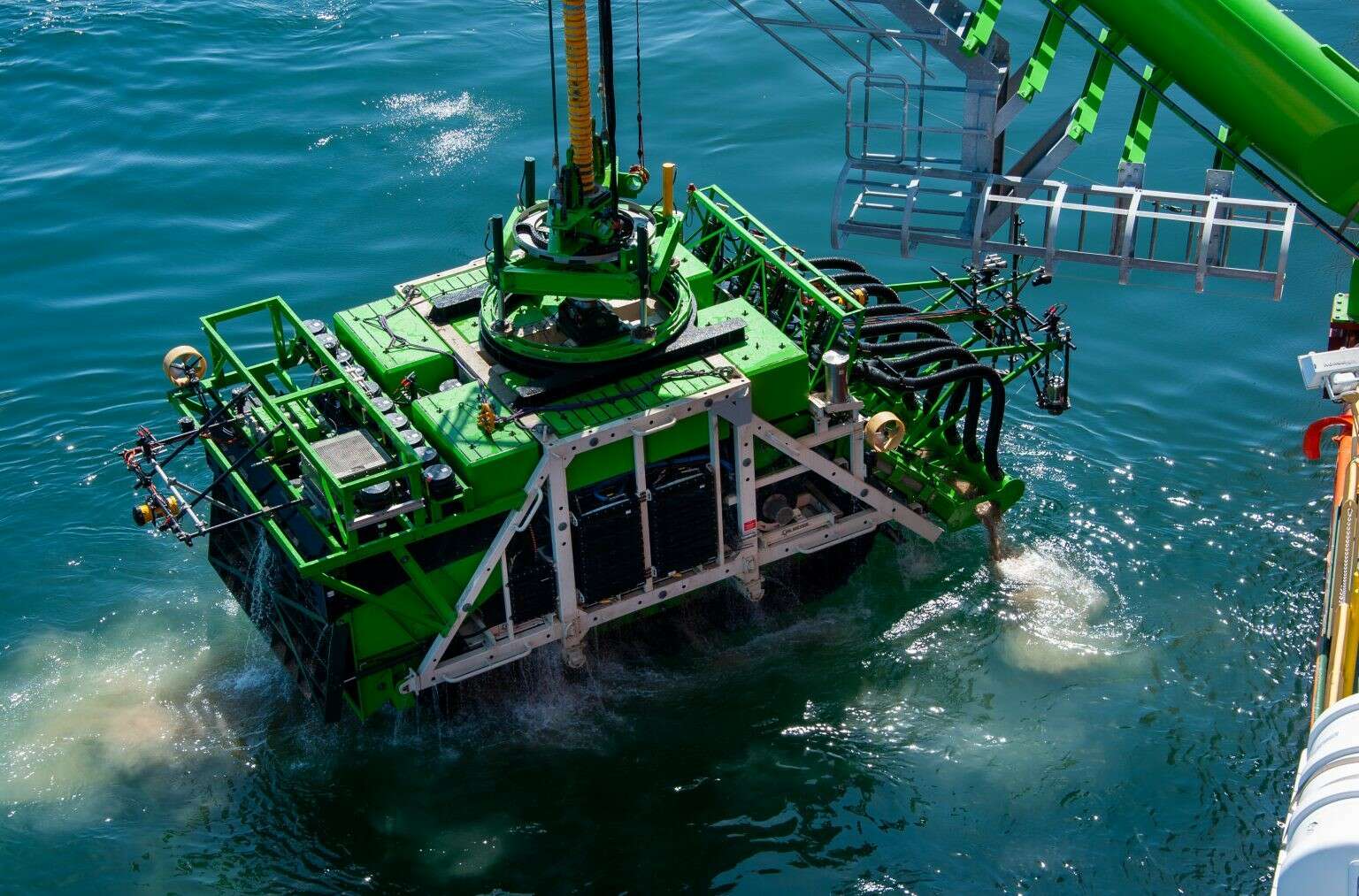
First report of the GSR Patania II Expedition Published: Technical Achievements and Scientific Learnings
March 13, 2023
MEDIA RELEASE
Global Sea Mineral Resources (GSR) is pleased to announce the release of an independent scientific report entitled: The GSR Patania II Expedition: Technical Achievements and Scientific Learnings. The report was authored by Thomas Peacock, who is a Professor at the Massachusetts Institute of Technology (MIT) and a co-founder of atdepth LLC.
Prior to publication, the report was provided to, and received extensive feedback from, an Advisory Panel comprised of several scientific experts. The report summarises the key scientific findings to date of the Patania II pre-prototype nodule collector vehicle trial which took place on the abyssal Pacific Ocean floor in April and May 2021 as part of the GSRNOD21 expedition. Meetings of the Advisory Panel were convened by RESOLVE.
In addition to providing feedback to the report, since 2019 the Patania II Advisory Panel met several times to provide input into the trial plans, including environmental monitoring plans and procedures to be conducted from the GSR-chartered vessel, the MV Normand Energy. Professor Peacock was aboard the MV Normand Energy during the Patania II trial and led a team of MIT scientists to monitor some of the near-field effects (sediment plumes).
Since 2018, GSR has also collaborated with the MiningImpact2 (MI2) consortium, comprised of scientists from 29 European institutes and 9 different countries. MI2 scientists joined efforts with the German exploration contract holder, BGR (Federal Institute for Geosciences and Natural Resources) to independently monitor the technology trials from a separate vessel, the MV Island Pride. This expedition was named MANGAN 2021. In total, the two expeditions deployed around 200 individual monitoring instruments, hosted on 43 separate platforms.
The author of the report, Professor Peacock, said: “The GSRNOD21 and MANGAN 2021 expeditions represent a landmark study in the history of deep-seabed mining. This collaboration between industry and independent scientists resulted in unprecedented and transparent monitoring of realistic seabed nodule collector technology on the abyssal plains of the Clarion Clipperton Zone.”
In addition to the activities described in the report, scientists from MI2 conducted extensive post-impact studies at the trial sites in late 2022, 18 months after the collector trials, with more returned visits planned by GSR and scientists from the MI2 consortium in the years to come. Additional scientific findings will be shared as they become available. A lower resolution version of the report can be found here.
A lower resolution version of the report can be found here.
 A lower resolution version of the report can be found here.
A lower resolution version of the report can be found here. 